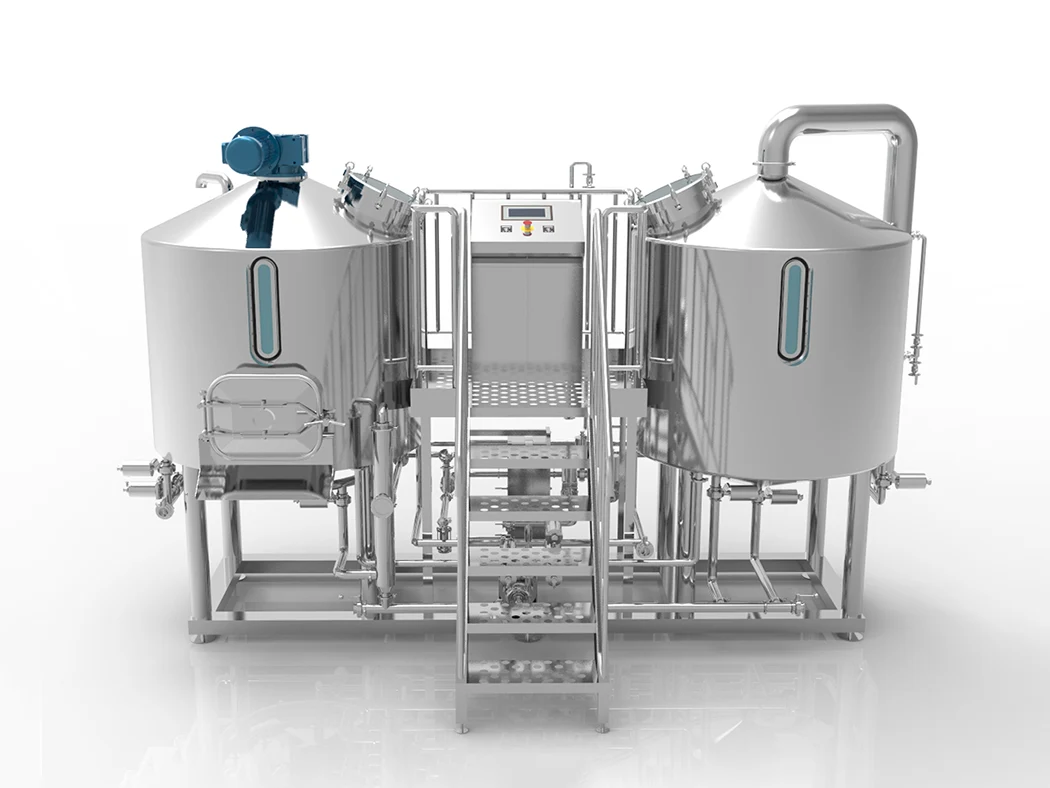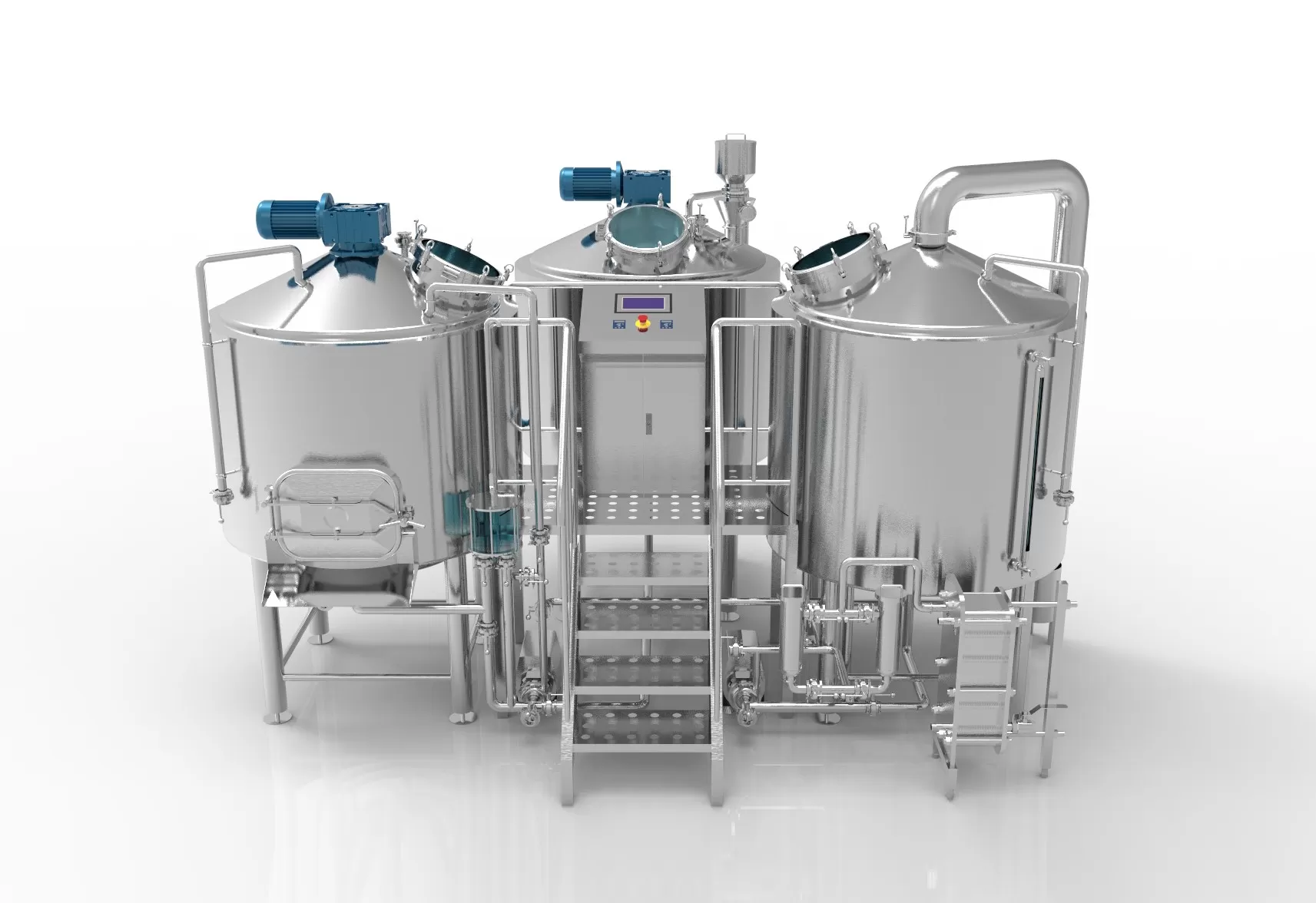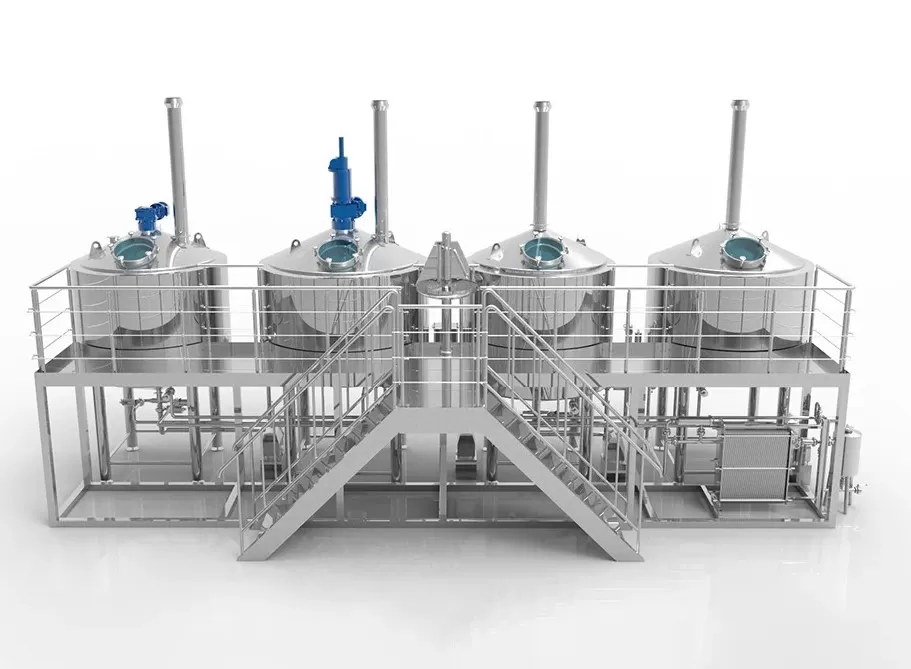Starting a microbrewery is a dream for many craft beer lovers. But the path from beer fan to brewery owner is full of bumps.
The problem? Setting up a micro brewery takes more than just passion. It takes the right brewing kettles, tanques de fermentación, and other key tools. And most new brewers lack the know-how to pick the right gear.
Many new brewery owners face this hard truth: picking the wrong micro brewery equipment can cost you big money and time. Some spend over $300,000 on systems that don’t meet their needs. Others buy cheap gear that breaks down when they need it most.
The good news? With the right guidance, you can skip these costly mistakes. This guide will show you all the essential brewing systems you need, based on real data and success stories.
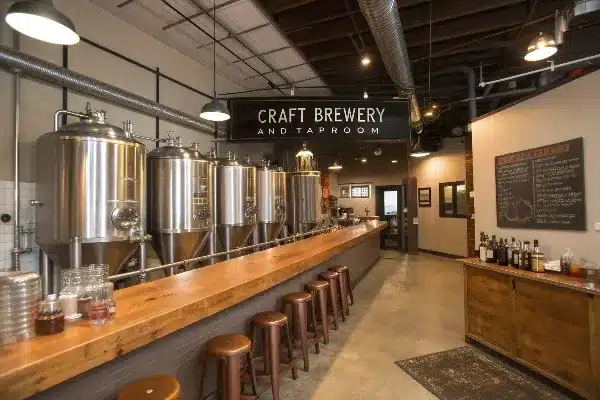
I. Essential Brewing Systems
1. Brewhouse Components
The brewhouse is the heart of your micro brewery setup. This is where the magic starts.
Key components you need:
- Tunes de puré – Where grain meets hot water
- Boil kettles – For boiling the wort with hops
- Whirlpools – Helps remove solids after boiling
- Intercambiadores de calor – Cools the wort quickly
Size matters! For most new microbreweries, a 1-7 BBL system hits the sweet spot. Bigger isn’t always better when you’re starting out.
“We started with a 3 BBL system from Micet and it was perfect for our first year. Their sistema de microcerveza let us make enough beer to test the market without huge costs.” – Sam T., Hoppy Days Brewery
The global market for these systems is growing fast. The microbrewery segment was worth $3.96 billion in 2024 and is expected to reach $8.5 billion by 2035!
Brewhouse efficiency is key to your success. Modern systems from top makers like Micet include features like:
- Steam condensers for faster heating
- Brewing controllers for exact temps
- Lauter efficiency tools to get more from your grain
2. Fermentation & Conditioning
After the brewhouse, your beer needs a home to ferment. This is where tanques de fermentación y tanques brite come in.
Conical fermenters vs. unitanks:
| Tipo de depósito | Good Points | Bad Points | Coste |
|---|---|---|---|
| Fermentadores cónicos | Easy yeast harvest | Needs separate bright tank | $2k-$7k |
| Unitanks | Does fermenting and conditioning | Mayor costo inicial | $3k-$10k |
Glycol cooling is a must-have! Beer needs steady temps to ferment right. A good glycol cooling system keeps your beer happy and costs between $20k-$45k.
“We picked jacketed vessels con glycol jackets from Micet. Their tanks hold temp within 1 degree, which has made our beer much more consistent.” – Lisa M., Urban Hop Brewing
The right tanks can save you money over time. Take the Craftmaster Stainless case study – brewers who used their yeast brink kegs cut yeast costs by 40%!
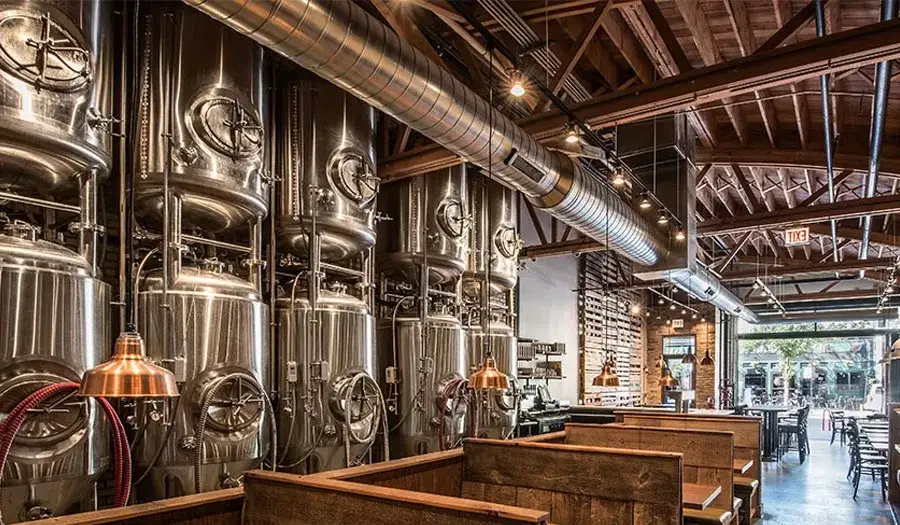
II. Critical Support Equipment
1. Sanitation & Safety
Clean beer is good beer. Sanitization equipment is not the place to cut corners.
Must-have cleaning systems:
- CIP systems (Clean-in-place) – Saves time and water
- Lavadoras de barriles – Keeps your kegs spotless
- Sanitization equipment like pumps and sprayers
Look for gear that meets NSF Certification y ASME Certification standards. These marks mean your tanks and tools are safe for food.
Sistemas CIP cost between $4k-$15k but save hours of hand cleaning time. That’s time you can spend making more beer!
“The Sistema CIP from Micet cut our cleaning time in half. Their engineer helped us design a system that works for our whole brewery setup.” – Dave R., Mountain Creek Ales
2. Packaging Solutions
How will you get your beer to drinkers? You need the right filling stations.
Packaging options compared:
- Líneas de conservas – Growing in popularity, costs $50k-$200k
- Bottling machines – Traditional option, $40k-$180k
- Llenado de barriles – For taprooms and local bars, $5k-$30k
Good news for small brewers: Mobile canners como Wild Goose Filling can come to your brewery when you need them. This saves you from buying your own canning line until you’re ready.
En Windsor & Eton Brewery in the UK shows the value of good filtering gear. They upgraded to better filters and saved $18,000 a year in labor costs!

III. Top Brands Comparison
Not all equipo cervecero is the same. Here’s how the top brands stack up:
| Marca | Especialización | Precios | Lo mejor para | Garantía |
|---|---|---|---|---|
| Ss Brewtech | Fermentation tech | $$$ | Scale-ready breweries | 2 years |
| Cerveza Spike | Modular systems | $$ | Startups | 1 year |
| Blichmann | Homebrew pro | $$ | Nanofábricas de cerveza | 3 years |
| Micet | Full turnkey systems | $$ | Custom solutions | 3 years on tanks |
Micet stands out with their custom approach. With over 15 years in the field, they offer sistemas de elaboración de cerveza matched to each client’s needs. Their team brings deep know-how to each project.
“What I liked about Micet was their help with brewery design. They didn’t just sell us tanks – they made sure everything would work in our space before we bought.” – Mike D., Lakeview Brewing
IV. Buying Guide
Budget Planning
Smart spending is key to brewery success. Here’s what to plan for:
- New vs. used equipment – Used can save 30-40% upfront
- Hidden costs to watch for:
- Installation (5-15% of equipment cost)
- Utilities upgrades ($10k-$50k)
- Permits and licenses ($2k-$25k)
“Hoppy Haven Microbrewery” spent $500k total to open, with 60% going to equipment. They saw ROI in 3.5 years thanks to picking efficient gear.
Supplier Checklist
Not all suppliers are equal. Look for these key marks:
✓ 3-A Sanitary Standards compliance ✓ Local technical support ✓ Spare parts availability ✓ Garantía (3+ years on tanks is best) ✓ Installation help
Micet scores well on this list. With 12 service centers across the world in France, Australia, Canada, Argentina, and Chile, they offer strong after-sales support. Their 3-year warranty on tanks beats many rivals.
Where to Buy
You have several options for finding quality micro brewery equipment:
- Direct manufacturers como Micet, ABE Equipment
- Equipment auctions through ProBrew listings
- Industry shows como Craft Brewery Expo y BrewCon
When picking a vendor, ask about their brewing logistics help. Good suppliers offer more than just gear – they help make sure it all works together.
V. Implementation Tips
Installation: Getting It Right The First Time
Smart floor plan optimization saves time and money. Here’s how to do it right:
- Map your brewing workflow first
- Allow at least 3 feet between tanks
- Plan for system scalability from day one
- Asegúrese de que glycol circulation paths are efficient
Micet’s team includes experts with 22 years of diseño de cervecerías experience. They help ensure your layout works before a single tank arrives.
Maintenance: Keeping Your Gear Running
Create a schedule for:
- Daily CIP routines for brewing kettles
- Weekly cleaning de gafas de vista y sampling valves
- Monthly check of válvulas limitadoras de presión
- Trimestral glycol chiller service
Good maintenance extends equipment life by 5-7 years on average!
Scalability: Room To Grow
The best equipo de cervecería grows with you. Look for:
- Pre-piped systems ready for expansion
- Modular brewhouse designs
- Bombas VFD that can handle increased flow
- Software de elaboración de cerveza that scales
58% of microbreweries now invest in automated systems to help their growth. This tech can cut labor costs by up to 30%.
Market Trends & Future Outlook
En micro brewery equipment market is changing fast:
- Tamaño del mercado mundial will grow from $3.7B now to $28.5B by 2035
- Europa holds 38% market share, with Norteamérica at 32%
- Asia-Pacífico is growing fastest at 22% market share with 12% yearly growth
Key trends to watch:
- Automation Surge – 58% of new breweries use AI for better brewing
- Sustainability Focus – Energy-saving systems cut power use by 25%
- Small-Batch Demand – 10BBL systems now make up 68% of new setups
“When we started planning our brewery, Micet showed us how their sistemas de elaboración de cerveza could grow with us. We started with a 5BBL system but can easily add tanks as we grow.” – John B., City Limits Brewing
Key Industry Trends
Conclusion: Making The Right Choice
Starting a microbrewery is hard. Picking the wrong equipo cervecero makes it harder.
The problem is clear: most new brewers lack the know-how to pick the right gear. This leads to wasted money, time, and often poor beer quality.
The solution is working with experts who understand both brewing and equipment. Companies like Micet bring 15 years of global experience to help brewers avoid costly mistakes. Their team, led by CEO Nancy with her international sales background, helps match brewers with the right gear.
With over 1000 successful brewery installations across 86 countries, Micet’s track record speaks for itself. Their full range of equipo de cervecería covers everything from brewing kettles a bottling machines.
Recuerda estos puntos clave:
- Start with the right-sized system (1-7 BBL for most new breweries)
- Don’t skimp on fermentation control
- Plan for growth with scalable systems
- Work with vendors who offer strong support
- Budget for all costs, not just the shiny tanks
The craft beer world is waiting for your best brews. With the right equipment partner, your brewing dreams can become reality.
Have questions about starting your brewery? Comment below with your thoughts or reach out to equipment experts for guidance on your brewing journey.

